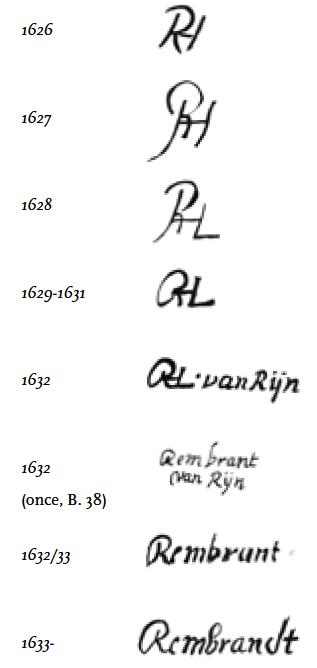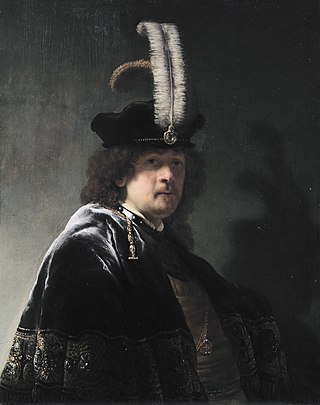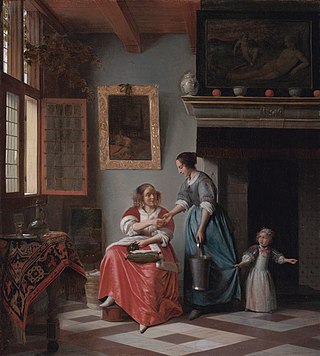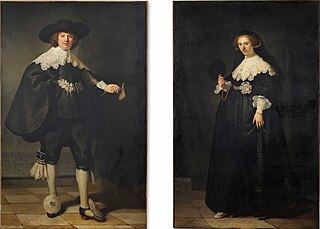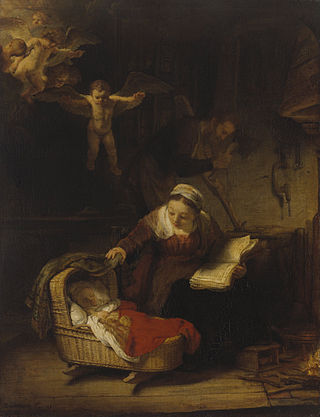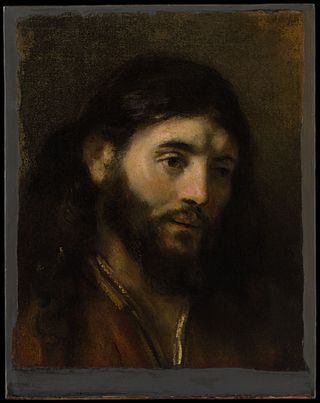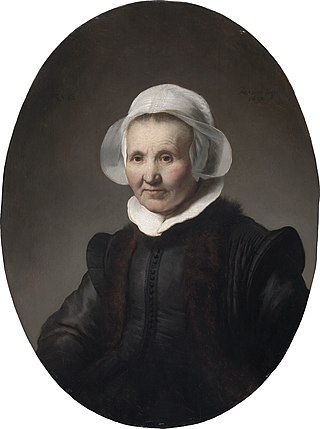218. LUCRETIA. Sm. 192; Bode 375; Dut. 114; Wb. 357; B-HdG. 595. Seen in full face with the lips parted. She inclines her head slightly to the left, in which direction she is looking. With her right hand she points a dagger at her breast; her uplifted left hand is stretched out. She wears a rich dress of greenish gold with wide sleeves and a laced bodice. Round her throat are a pearl necklace and a string with a pendant; in her ear is a pearl. Life size, more than half-length. Signed on the left, "Rembrandt f. 1664"; canvas, 46 inches by 39 inches. Exhibited at the British Institution, London, 1832, No. 44; at the Hudson-Fulton Celebration, Metropolitan Museum, New York, 1909, No. 105 [lent by M. C. D. Borden]; [in London, June 1913, by M. Knoedler and Co.]; at Amsterdam, 1913. Etched by W. Koepping in L' Art, and in the Demidoff sale-catalogue. Mentioned by Vosmaer, pp. 367, 564; by Bode, pp. 524, 608; by Dutuit, p. 58; by Michel, pp. 489, 563 [380-82, 435].
Sales. Lapeyriere, Paris, April 19, 1825 (1300 francs). London, 1826 (£199 : 10s., bought in). Michael Zachary, London, 1828 (£115 : 10s., Sir T. Lawrence for Munro). H. A. J. Munro of Novar, London, March 26, 1859. Prince Paul Demidoff, San Donato, near Florence, March 15, 1880, No. 1146 (14,700 francs). In the possession of the Paris dealer S. Bourgeois.
Sale. M. C. D. Borden, New York, February 13, 1913 (26,000, M. Knoedler and Co.). In the possession of Fred. Muller and Co., Amsterdam. In the collection of August Janssen, Amsterdam." [1]
192. The Death of Lucretia, The Roman heroine is represented in a loose and neglected attire, standing in a front view, her countenance, indicating the firm resolve of her injured honour, is slightly raised, while her right hand plunges the dagger in her bosom. Colour, effect, and dexterous execution, are the chief qualities of this production, which, according to the date, 1664, must have been one of his last works.
3ft. 6 in. by 3ft.— C. Collection of M. Lapeyriere, Paris, 1825. . 1300 fs. 52l. In a sale at Mr. H. Phillips, . . 1826. . (bt. in.) 190 gs. Collection of Michael Zachary, Esq., . . 1828 110 gs.
Exhibited in the British Gallery in 1832. Now in the collection of J. H. Munro, Esq. [2]
Two years later Rembrandt made another painting of Lucretia, depicting the moment after she stabs herself:




